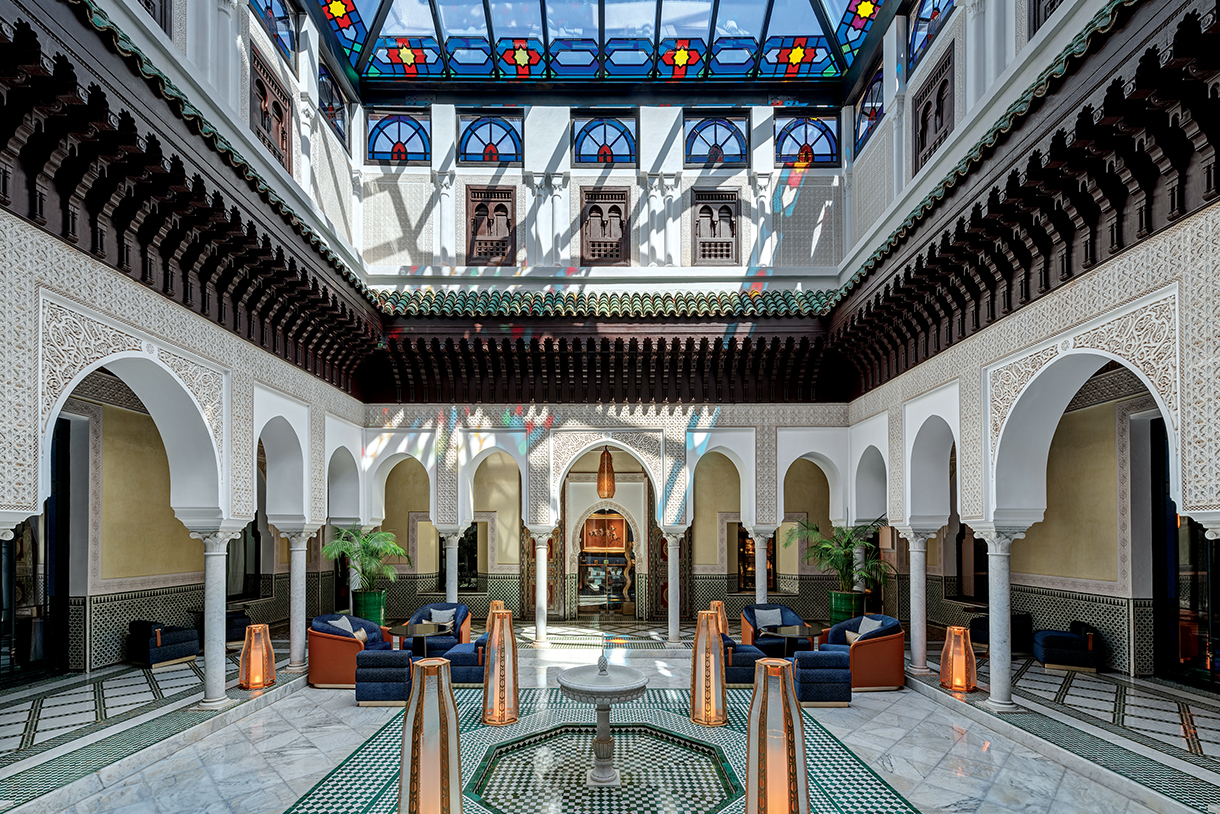
Travel
La Mamounia Celebrates 100 Years
Irene Rawlings
Designed in 1923 as a showpiece for the Moroccan Railway Company, La Mamounia (the name means “safe haven” in Arabic) remains the undisputed grande dame of Marrakech. This was a bolt-hole for Charlie Chaplin and Winston Churchill and also where Alfred Hitchcock shot The Man Who Knew Too Much. More recently, Werner Herzog filmed Queen of the Desert here. Other famous guests include Nicole Kidman, Martin Scorsese, Francis Ford Coppola, Sharon Stone, Kate Winslet, as well as princes, presidents, and fashion icons.
Outside the resort’s exotic blend of Moorish and Art Deco details is the chaotic commerce of the historic medina and the famous Jemaa el-Fnaa, where you’ll find elaborately tiled walls, lacquered wood furnishings, silk-draped ceilings, and marble fountains. Set in the gardens and fringed by palm trees, the huge pool (7,000-square-feet) is decorated with exquisite Murano glass tiles. The former royal estate retains an aristocratically exclusive feel and is consistently listed as one of the 50 Best Hotels in the World.
Outside the resort’s exotic blend of Moorish and Art Deco details is the chaotic commerce of the historic medina and the famous Jemaa el-Fnaa, where you’ll find elaborately tiled walls, lacquered wood furnishings, silk-draped ceilings, and marble fountains. Set in the gardens and fringed by palm trees, the huge pool (7,000-square-feet) is decorated with exquisite Murano glass tiles. The former royal estate retains an aristocratically exclusive feel and is consistently listed as one of the 50 Best Hotels in the World.
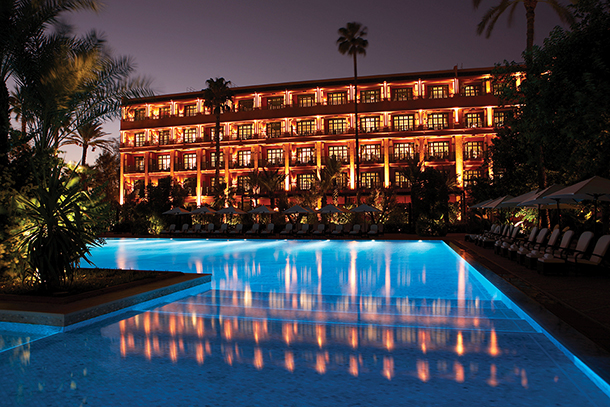
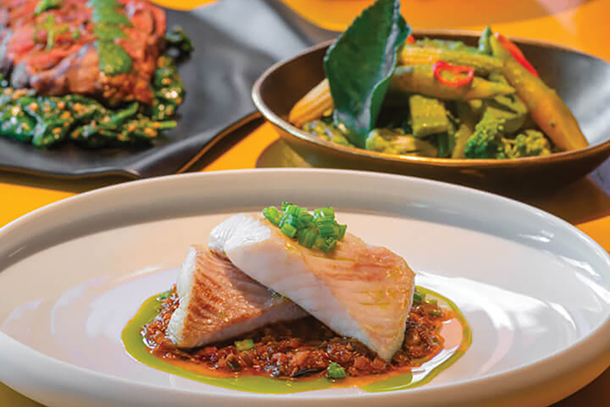
Leading up to La Mamounia’s 100th Celebrations, Paris-based design firm Jouin Manku was chosen for the Centenary Renovation. Their assignment? To redesign, refresh, and repurpose while retaining the character of the original. The Centenary Chandelier—known as the Jewel of the Grande Dame—is the focal point of the main lobby and pays tribute to traditional Berber jewelry. In addition to an underground wine bar, access two restaurants helmed by acclaimed chef Jean-Georges Vongerichten and a “temple of sugar” by leading pastry chef Pierre Hermé. Le Club guests nosh on Moroccan tapas while sipping specialty cocktails shaken by the expert bar team. DJs on weekends mix electro beats and Asia-inspired sounds. In contrast, the calm of the spa carries an Arabian Nights ambiance. Reinvigorating and relaxing massages and hammam experiences can be paired with facials and other body treatments using Valmont’s Swiss anti-aging expertise, including the l’Elixir des Glaciers range of products.
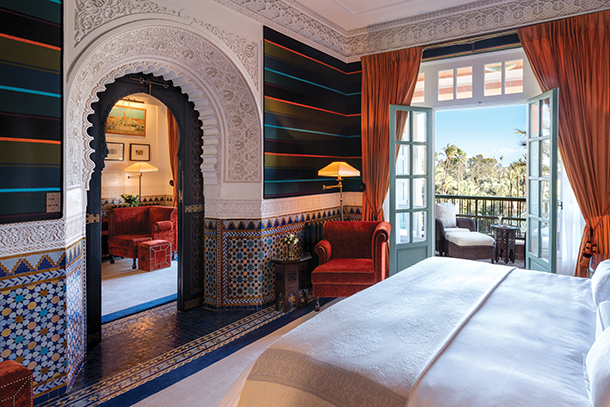
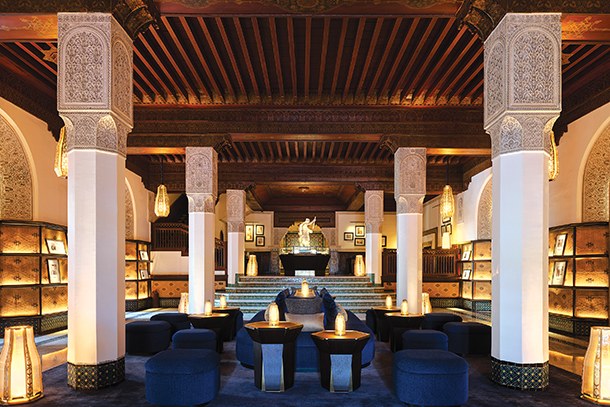
The rooms (there are 135 rooms, 65 suites, six signature suites, and three riads) have marble bathrooms and many have terraces overlooking the gardens, out to the Koutoubia Mosque and over the rooftops of the Red City. The typically Moroccan riads (each centered around a private pool) have three bedrooms and three baths, plus private entrances for privacy and security. From $707; riads from $9,665; mamounia.com
Photo credits: Courtesy La Mamounia
Photo credits: Courtesy La Mamounia




